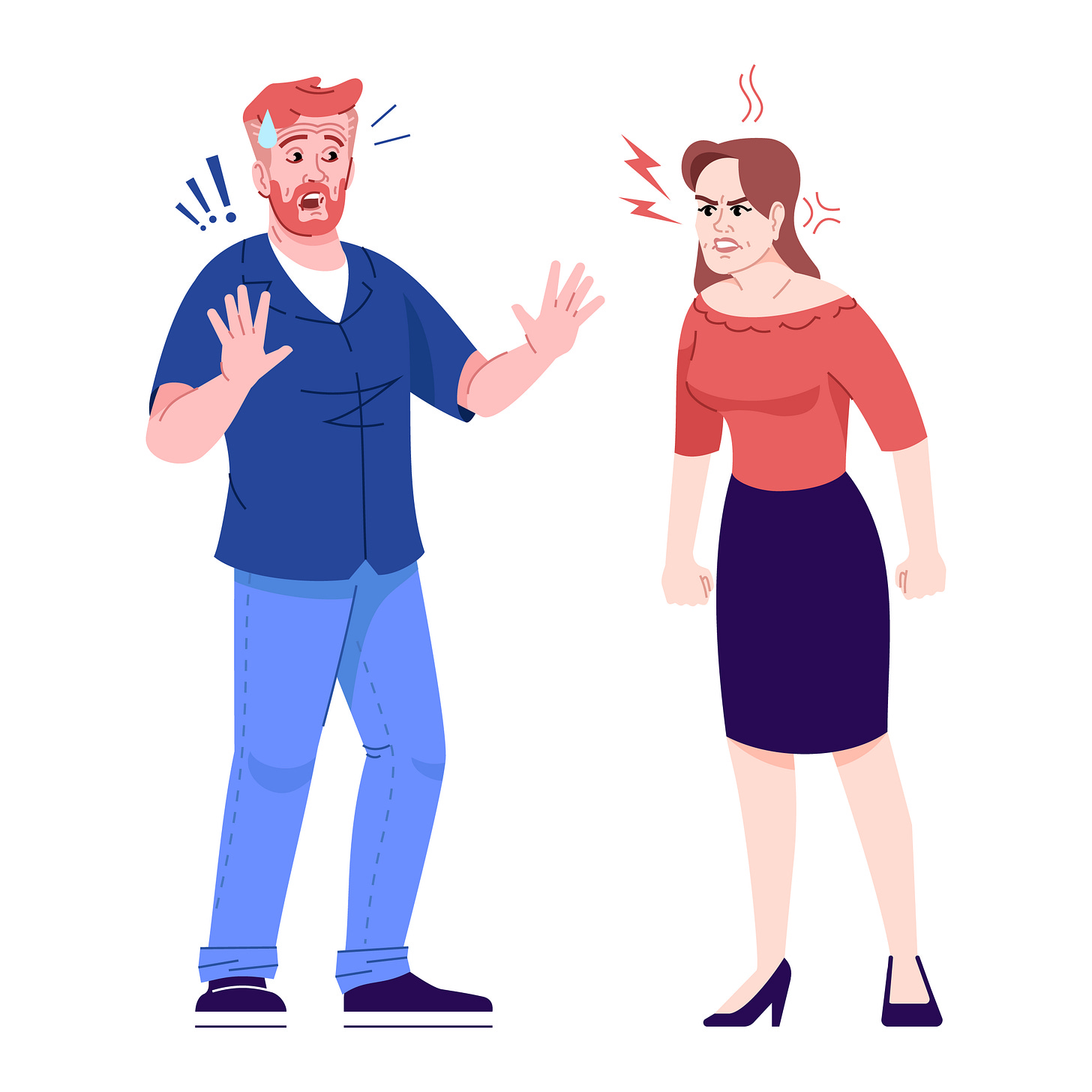The softer side of plot vs. incident
Musing about
The Snarky Editor comes out to play when she discovers egregious and often hilarious errors in published books. But The Snarky Editor has a softer and more helpful side as well, the side that’s known as Leigh Michaels.
We may pick up a book because the main character intrigues us — but usually what grabs our attention about that person is the problems they face. If we like the character in a book, we want them to solve their problems and be happy; if we don’t like the character, we often read along while rooting for the opposition. And often it’s that opposing force — the tension between the hero and the villain, or the hero and the heroine, that keeps us turning pages.
But just giving the character problems isn’t the same as creating the kind of conflict and tension that keeps the reader moving forward.
I'm musing this morning about the difference between conflict and plot incidents. Lots of dramatic things can happen in a story, and often when we're feeling that our story lacks conflict, we add extra, bigger, more dramatic incidents.
But exciting incidents aren't the same as conflict. The dramatic incidents may be the way that the conflict plays out, or the incidents may just serve to fill pages without advancing the story.
Often, when we're trying to think about conflict, we're really running through a bunch of dramatic incidents. They have car trouble on the way to the dance, the ex boyfriend confronts them at the punch bowl, they argue about whether the punch is spiked, they kiss under the mistletoe. Those things are dramatic incidents. They're not the conflict.
(And honestly, in this example, I don't know what the conflict is. I apparently haven't had enough coffee yet this morning. Maybe it's that these two are both teachers who have to work together to chaperone a middle-school dance.)
Conflict is the tension between our main characters — whether that’s the hero and heroine in a romance, or the hero and the bad guy in a western, or the heroine fighting her mental illness in a literary novel. Conflict is the WHY behind the incidents that unfold to make up the story.
Plot is what happens -- the sequence of events that plays out in the story.
Action is how it happens -- the individual incidents as they unfold, whether they're high drama or ordinary stuff.
But conflict is why it happens -- the underlying reason why these two people are in this situation, why they can't both have what they want, why they have to make a bargain, or why they have to work together toward a goal.
Conflict is most effective when it can be stated in a sentence or two. If it takes much more than that, then the odds are you're thinking about dramatic incidents, rather than the conflict.
What do you think? Share your thoughts, your experience, your examples, your questions. Is there a topic you’d like to see addressed?
The Snarky Editor’s Softer Side is represented by author / editor / teacher / writing coach Leigh Michaels, commenting on random topics of interest to writers and readers. Leigh is the award-winning author of more than 100 books. (The Snarky Editor herself mainly comes out to play when she discovers egregious and often hilarious errors in published books.)
To find out more, check out https://leighmichaels.com
#snarkyeditor #everybodyneedsaneditor #writingtips



Excellent! Great information, very instructive for anyone trying to create engaging fiction. Thanks.